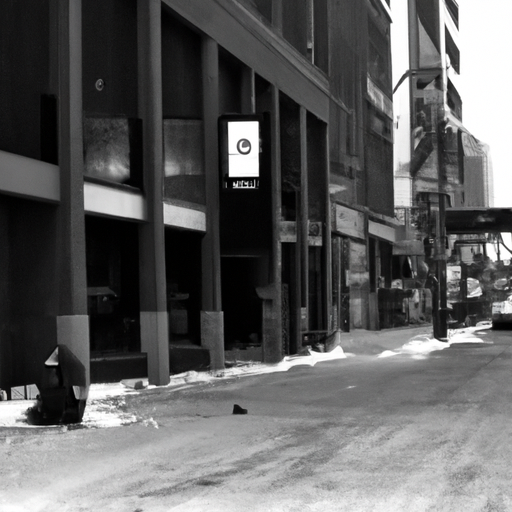The Impacts and Response to the Opioid Crisis in Downtown Calgary
The opioid crisis continues to be a pressing issue in many communities across Canada. This is particularly true in downtown Calgary, where rising rates of crime and a growing homeless population have been linked back to ongoing struggles with opioids. Recently, a safety report was released by a downtown business association-led panel putting the onus on City Council to help address these challenges.
The State Of The Opioid Crisis
In the fight against the opioid crisis, the increase in drug-related incidents and violence poses significant challenges, particularly for downtown Calgary. Public drug consumption, discarded needles, and personal safety for residents and visitors in the area have become subjects of concern. To provide safe and supportive assistance to individuals affected by opioids, the creation and implementation of drug treatment centres like the Sheldon M. Chumir Health Centre’s supervised consumption site were instrumental.
Effects of the Opioid Crisis
The ripple effects of the opioid crisis are numerous and impactful, particularly on the homeless population and crime rates. Key points of concern include:
- Increased instances of public drug use
- An escalation in crime rates, particularly theft and property crimes
- Rising numbers of discarded needles in public spaces
- Growing homeless populations as a result of substance use disorders
Crime and Homelessness
While it’s clear that the opioid crisis has consequences for individuals’ health and wellbeing, it’s important to recognize the broader societal impacts. The increase in crime, particularly property theft, is likely tied to individuals seeking to fund their substance use. Downtown Calgary has also seen rising incidences of homelessness, another unfortunate consequence of the opioid crisis.
Efforts to Address The Crisis
At the frontline of the opioid crisis in Calgary is the Canadian opioid abatement class action lawsuit aimed at holding pharmaceutical companies accountable for their role in the crisis. Furthermore, Calgary City Council and local organizations are working to combat the crisis through a variety of initiatives, including:
- Investment in services to support mental health and homelessness
- The use of naloxone kits to counter overdoses
- Improvements to existing drug treatment centres
- Development of harm reduction strategies
Despite these efforts, the panel’s report suggests that much more needs to be done. Recently, the onus has fallen on the City Council to escalate these measures and develop a comprehensive safety and security plan for the city’s downtown.
Recommendations Going Forward
In their report, the panel provided recommendations which promote a multi-faceted approach to the crisis, suggesting the need for collaboration between different sectors of society – healthcare providers, law enforcement, policy-makers and community organizations.
Key recommendations presented in the report include:
- Increased enforcement of public drug use and related crime
- Additional secure needle disposal containers
- More support for mental health and addiction services
- Enhanced security presence in problem areas
Implementing these recommendations will be critical in advancing solutions to the opioid crisis and directly addressing some of the impacts being felt by downtown Calgary.
Conclusion
In confronting the opioid crisis, the societal effects like crime and homelessness cannot be underestimated. Through initiatives such as the Canadian opioid abatement class action and the implementation of naloxone kits, steps are being taken to combat this crisis. However, the findings from this recent report under-scores the necessity for increased efforts and collaboration across all sectors of society. As we continue in this fight, a concerted effort from all levels of government, local businesses, healthcare professionals, and the community at large is key to successfully abate Canada’s opioid crisis.
